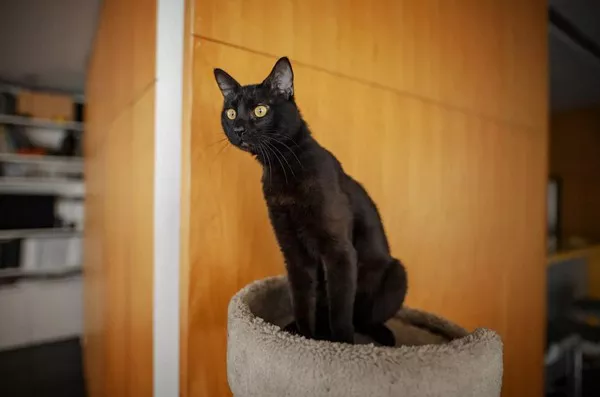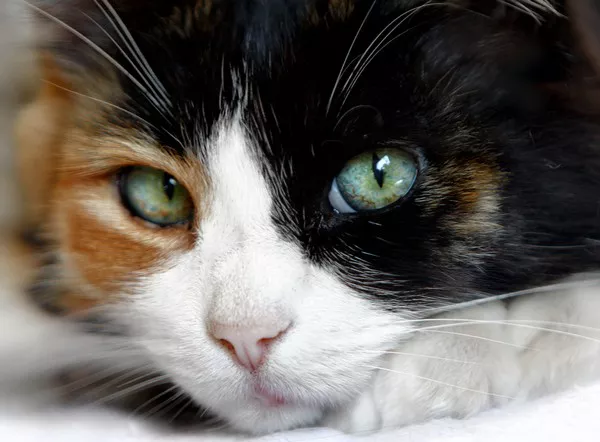Abyssinian cats have long been admired for their elegance and grace. As one of the oldest known cat breeds, they possess a unique charm that captures the hearts of feline enthusiasts worldwide. Among the many questions prospective owners have is how big these captivating creatures actually grow. In this article, we will delve into the growth patterns, physical characteristics, and factors influencing the size of Abyssinian cats.
Origins and History:
The Abyssinian cat’s origins are shrouded in mystery, with speculation suggesting its connection to ancient Egypt or parts of Southeast Asia. However, regardless of its precise ancestry, the breed has maintained its distinctive appearance throughout history. The Abyssinian is classified as a medium-sized cat breed, but let us explore the specifics of their growth trajectory.
Kittenhood to Adulthood:
Abyssinian kittens are born small, weighing between 70 and 100 grams (2.5-3.5 ounces) on average. During their early weeks, they experience rapid growth. By the time they reach three months of age, Abyssinian kittens typically weigh around 1.5 to 2.5 pounds (0.7-1.1 kilograms). As they continue to mature, their growth rate gradually slows down. It is important to note that each cat’s growth pattern may vary slightly due to genetic factors and individual variation.
Average Size and Weight:
Once Abyssinian cats reach adulthood, they generally achieve their full size and weight by the age of two to three years. On average, male Abyssinians weigh between 8 and 10 pounds (3.6-4.5 kilograms), while females tend to be slightly smaller, weighing in at about 6 to 8 pounds (2.7-3.6 kilograms). However, it is important to remember that these are average figures, and individual cats may fall outside this range.
Physical Characteristics:
Beyond weight, Abyssinians exhibit specific physical characteristics that contribute to their unique appearance. They have a well-muscled body with a slim and graceful build. Their legs are proportional to their bodies, allowing them to move swiftly and gracefully. The breed is known for its distinctive ticked coat, which consists of multiple bands of color on each hair shaft. This gives the fur a warm and glowing appearance, enhancing the cat’s allure.
Factors Influencing Size:
Several factors can impact the size and growth rate of Abyssinian cats. Genetics play a significant role, as certain bloodlines may produce larger or smaller individuals. Nutrition also plays a vital role in a cat’s growth and development. A balanced diet, rich in essential nutrients, promotes healthy growth and optimal weight management. Environmental factors, such as access to space for exercise and regular veterinary care, can also affect an Abyssinian’s growth trajectory.
Health Considerations:
While Abyssinian cats are generally robust and healthy, it is essential to prioritize their overall well-being. Regular veterinarian check-ups, proper nutrition, and adequate exercise are crucial for maintaining their health. Obesity can lead to various health issues, so monitoring their weight and ensuring they engage in physical activity can help prevent such problems.
Conclusion:
In summary, Abyssinian cats are medium-sized felines renowned for their elegance and grace. Although individual variations exist, male Abyssinians typically weigh between 8 and 10 pounds, while females weigh around 6 to 8 pounds. Their growth rate slows after their initial months, reaching full size within two to three years. Understanding the growth patterns, physical characteristics, and factors influencing the size of Abyssinian cats helps prospective owners appreciate and care for these captivating creatures more effectively. By providing them with a nourishing environment and proper care, we can ensure that Abyssinians thrive and continue to enchant us with their unique charm.


























